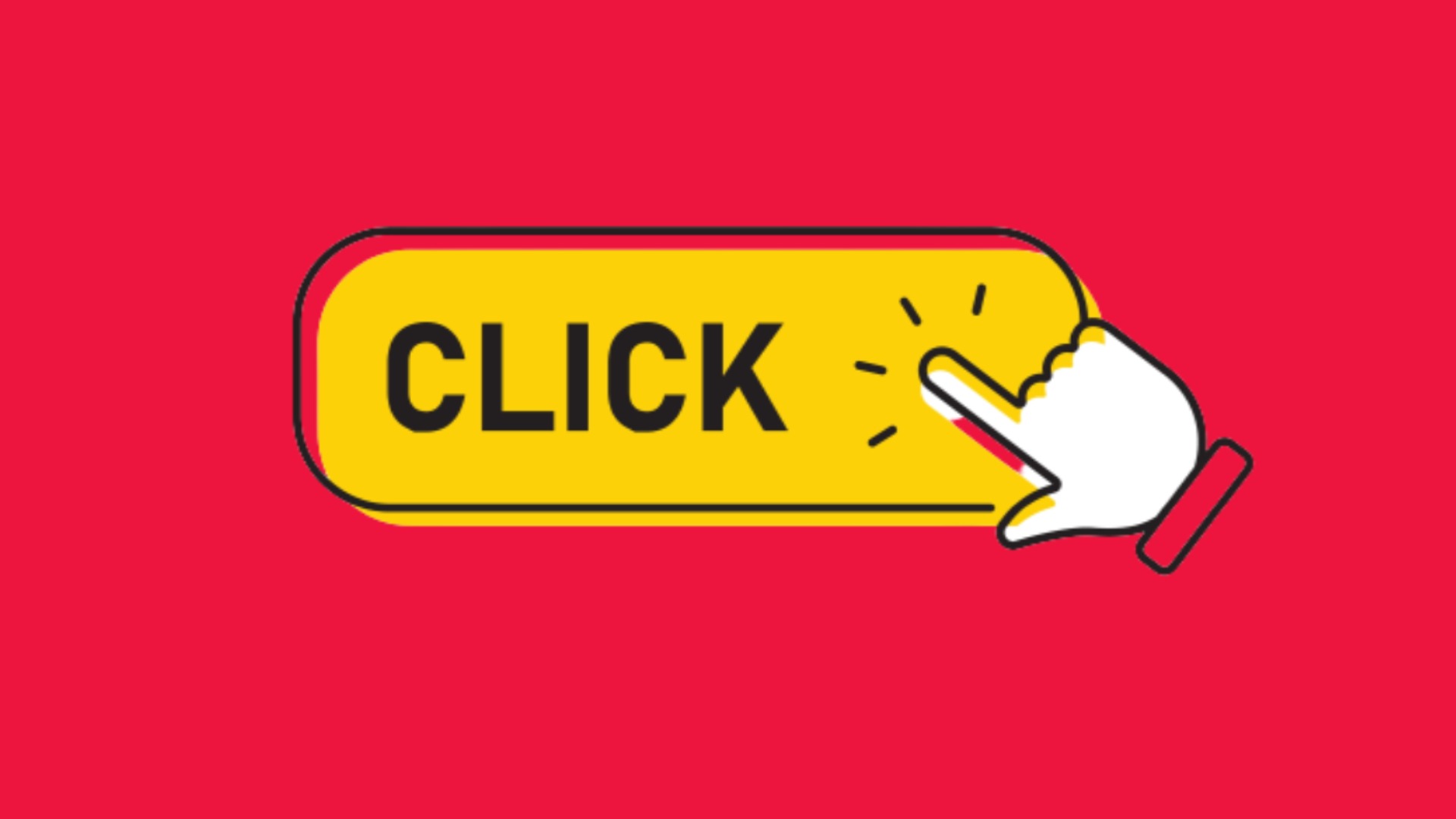Paid Ad Frauds - Detection & Prevention
Table of Content
- Introduction
- What are Ad Frauds?
- What are Paid Advertisements?
- What are paid ad frauds or violations?
- Conclusion
Introduction
Brands have always been in a tug of war for attracting customers, both online and offline. The methods of marketing and promotions, of course, change depending upon the medium that brands adapt to attract customers. No business can survive without customers, particularly retail and eCommerce require more effort in brand positioning, customer experience, and sustainability.
In the post covid world, digital space has taken up almost every sphere of businesses, and digital advertising has been one of the most common marketing channels to reach the 4.9 billion online customers. This blog will cover more about affiliate frauds affecting the paid advertising industry, their impact on advertisers, and how they can be prevented.
What are Ad Frauds?
As the term explains, Ad frauds are all the activities conducted to deceive the advertisers and maliciously earn commissions without driving real traffic for the advertiser campaigns. This includes all distractions to disrupt the expected delivery of an advertisement to the intended audience.
Digital media uses advertisements in various formats to attract customers and target the most relevant users to make the most of their ad spending. Ad fraud is basically, the falsification of the number of times an online ad is clicked on or displayed, which impacts the performance of online campaigns. Competitors carry out ad frauds to consume the marketing budgets or malicious publishers to earn illegitimate commissions. A report by Statista estimated that the costs related to digital advertising fraud worldwide would grow exponentially within the four years between 2018 and 2023, from 35 billion to 100 billion U.S. dollars.
Cyber fraudsters use false and deceiving methods of uplifting digital advertising analysis. There are several ways that threat actors are already using; a few are listed below:
- Ad Injection
Ad injection is a form of ad fraud or affiliate fraud, in which the affiliates use downloadable tools serving as Adware to inject cookies into the end-user system or browser, in turn monetizing all sales happening from the user browser. These DTs can be in the form of web browser extensions or plugins or software applications (Windows or Mac). The point that makes this ad fraud unique and challenging to detect is that it occurs on the client side and not on the Advertiser or publisher end.
- Cookie Stuffing
Advertisers use internet cookies to track the source of the traffic coming to their websites. They then pay out commissions to the marketing channels driving relevant user traffic. In this type of ad fraud, affiliates stuff multiple cookies on the Advertiser's website to monetize the sales happening without driving incremental user traffic.
- Domain Spoofing
This kind of fraud involves creating a similar website to the legitimate one and deceiving the existing brand users. The malicious affiliates use similar-looking websites to display irrelevant advertisements and divert the users of the specific brand.
- Ad Stacking
Ad stacking broadly means stuffing multiple ads under one ad displayed to a user. The affiliates stuff multiple ads under one ad format visible to the front-end users while they earn commissions for driving impressions for all the underlying ads. Advertisers lose their marketing budgets as they pay for impressions while their brand's ads are not visible to the end user.
- Pixel Stuffing
Like ad stacking, pixel stuffing involves stuffing a famous brand's website with multiple ads that are not visible to the users at the front end. In this type of fraud, malicious affiliates use images in a format as tiny as 1X1 pixel. The only difference is these ads can be placed anywhere on a website as these are too small to be detected, but affiliates earn from the impressions.
- Geo Masking
The affiliates compromise the traffic location by the method of geo masking. This is done to earn extra commissions as advertisers pay out differently for users from a specific country.
- Bot Traffic
Fraudsters mask their activity as legitimate users while they are running automated programs to click on specific ad formats. Such traffic amounts to increased fake user traffic for advertisers.
What are Paid Advertisements?
Paid advertising is a digital advertising model where advertisers bid to participate in real-time auctions to show their ads within slots on a specific platform or network. Advertisers usually pay for either impressions or clicks to the affiliates. It is also referred to as biddable media or Pay-Per-Click advertising. This ad form is the most popular among the biggest brands with high marketing budgets because of the user reach of this model.
Advertisers get the option to choose from different ad forms supported under this model like images, text, videos, or more.
Each paid ad platform provider offers its own classifications for the services. Here is a generalized list of types of paid ads.
- Search Engine Paid Ads
Popular search engines offer an ad space to bid for and book an advertising slot on their platform. For example, Google offers Google Ads, where advertisers can auction for the keywords relevant to their business and reserve advertising space on the top section of the search results.
In the image below, a user searches for the keyword 'Watches' on Google. The highlighted section shows the paid advertisement on the search engine 'Google.com.' The advertisers bid for the keywords to get these ad spaces. The cost varies from medium to medium.
- Social Media Paid Advertising
Social media platforms such as Facebook and LinkedIn also offer paid advertising services. Marketers can reach out to their target audience by availing the benefit of using filters to select the audience most suitable to their business. Social media is an excellent platform for getting users with an audience as large as 54.8% of the global population.
- Thematic Paid Ads
Such ads appear in designated places on affiliate sites and affiliate apps or ad networks. Automated systems make ads fit the context of websites, focusing on the preferences of a particular user and keywords. This includes banners, video ads that auto-play, static images on news sites, and ads on social media feed.
What are Paid Ad frauds or Violations?
While there is a scope to expand any business in affiliate marketing, there is an equal opportunity for scams and frauds. As mentioned above, paid ads are a widely used promotional method and thus provide a scope to scam the users and advertisers. Paid advertisements on search engines work on keyword bidding, and affiliates often use auctions for these keywords to consume the advertisers' marketing budget or redirect the brand's users to a competitor's website. That is where ad fraud detection companies play a vital role in protecting brands from such affiliate traps.
Let's now know more about each scenario:
- Brand Bidding
The malicious affiliates take advantage of the brand's name and reputation to earn more affiliate commissions. Intending to get ready traffic, publishers bid for the brand's keywords on search engine paid advertisements and then monetize the sales by converting from user traffic. The advertisers pay commissions for the traffic directly coming to their website.
In Brand Bidding, the affiliates direct the brand's customers to their website and then redirect them to the Advertiser's website with their affiliate link. Below is an example.
- Direct Linking
Direct linking is a form of Paid Ad violation in which malicious affiliates do not have an online property to get traffic and direct users to, so they directly use the Advertiser's product pages to display in the paid ads. The publishers place their affiliate links directly on the paid advertisement space by bidding for the brand's keywords and redirecting the user to the Advertiser's website, monetizing the converted sales.
Conclusion
Virus Positive Technologies is the pioneer in affiliate fraud management services and brand protection solutions. With a decade of industry experience and supporting global brands to recover their lost marketing budgets, protect their brand's reputation, and enhance the customer's experience, VPT has identified the threat areas in the affiliate marketing industry and developed solutions for ad fraud detection, monitoring, tracking and analyzing the affiliate networks and ensuring compliance with the internal and external marketing guidelines.







